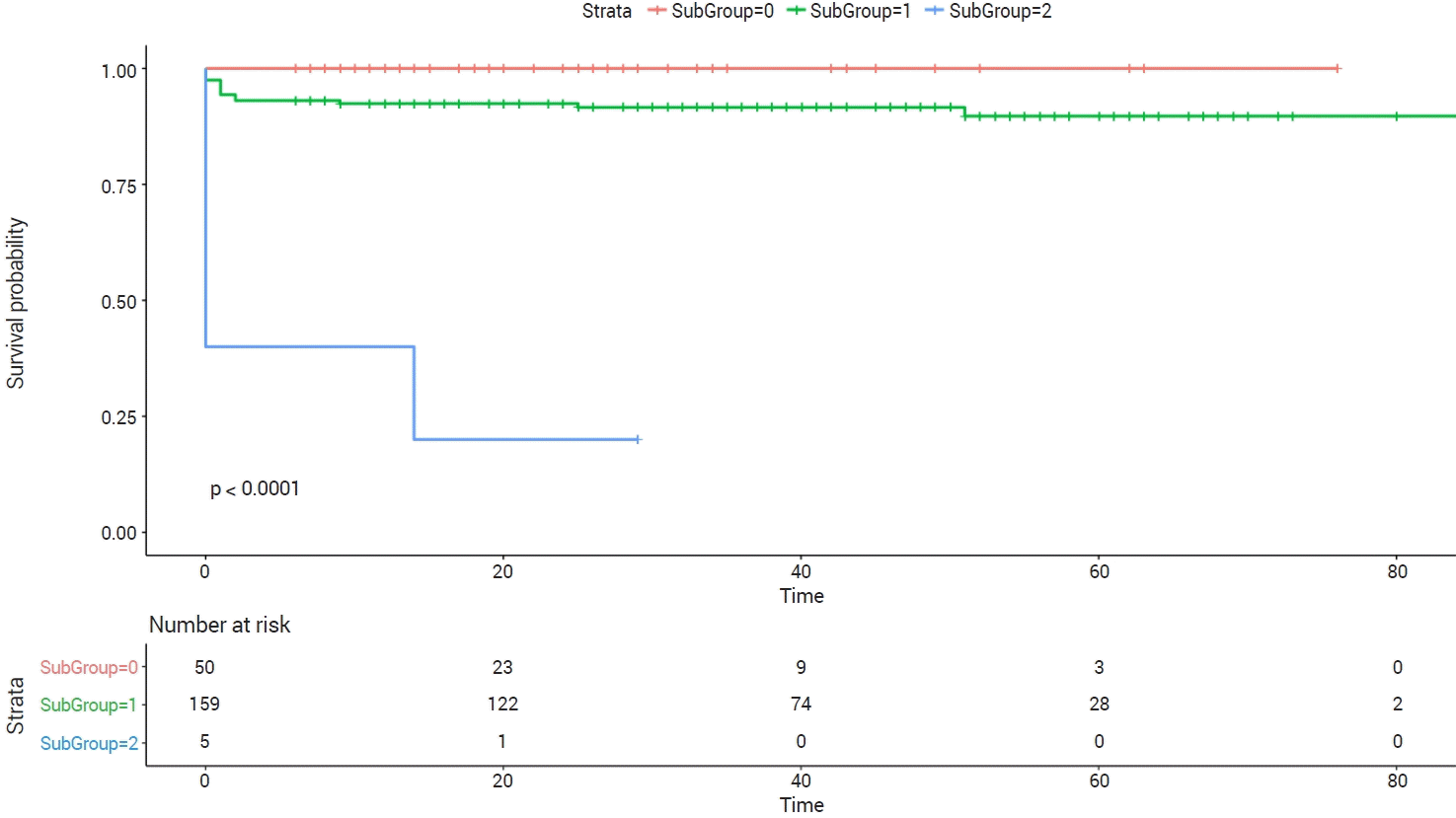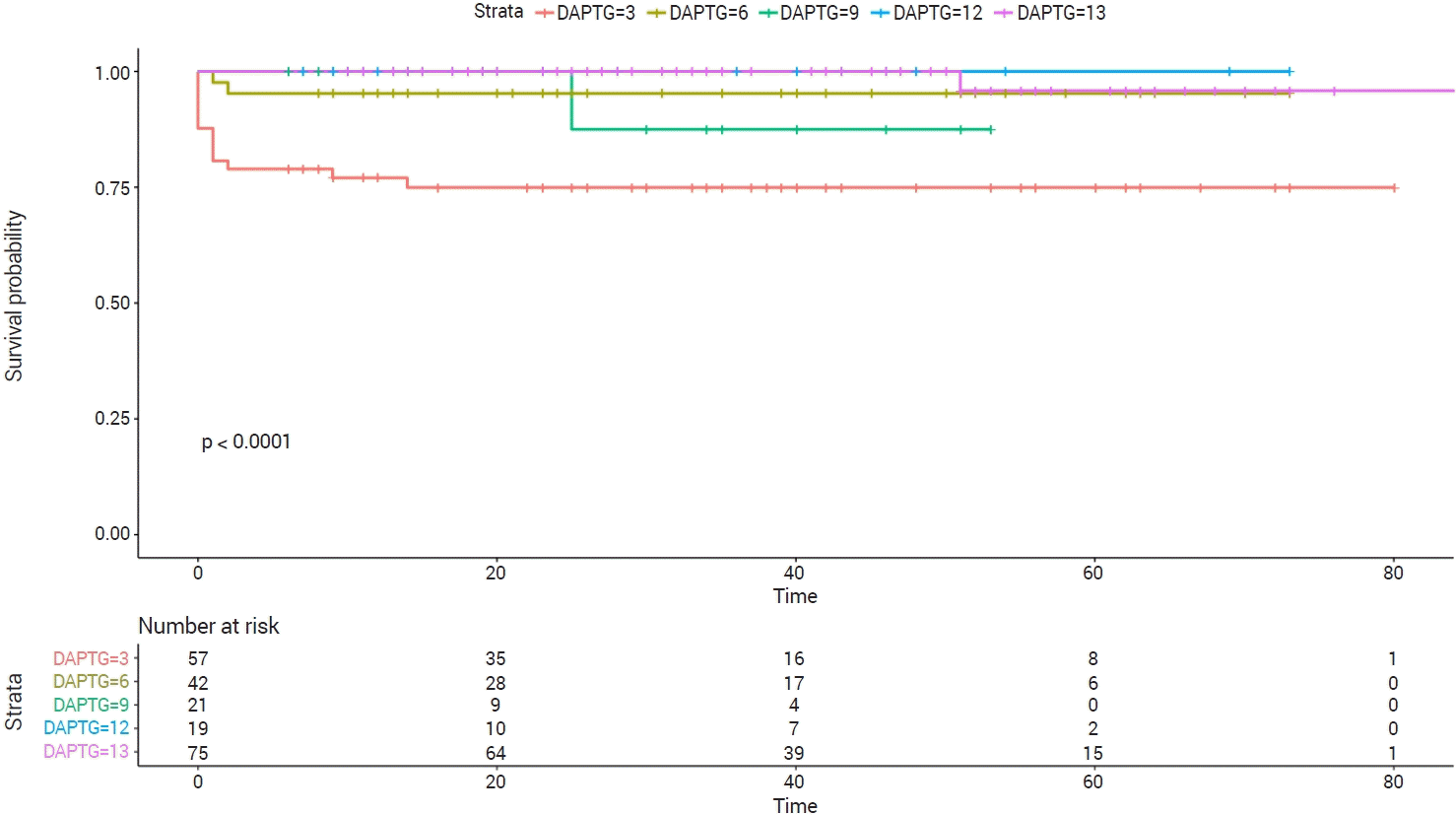|
Cerebral infarction |
G45,G450,G451,G452,G453,G454,G458,G459,G46,G460,G461,G462,G463,G464,G465,G466,G467,G468,I63,I630, I6300,I6301,I6302,I6308,I6309,I631,I6310,I6311,I6312,I6318,I6319,I632,I6320,I6321,I6322,I6328,I6329,I633, I6330,I6331,I6332,I6333,I6338,I6339,I634,I6340,I6341,I6342,I6343,I6348,I6349,I635,I635,I6351,I6352,I6353, I6358,I6359,I636,I638,I639,I65,I650,I651,I652,I653,I658,I659,I66,I660,I661,I662,I663,I664,I668,I669,I672,I680,I693 |
|
DM |
E10,E100,E1000,E1001,E1002,E1003,E1008,E101,E1010,E1011,E1012,E1018,E102,E1020,E1021, E1022,E1028,E103,E1031,E1032,E1033,E1034,E1038,E104,E1040,E1041,E1042,E1048,E105,E1050, E1051,E1058,E106,E1060,E1061,E1062,E1063,E1064,E1068,E107,E1070,E1071,E1072,E1078,E108, E109,E11,E110,E1100,E1101,E1102,E1103,E1108,E111,E1110,E1111,E1112,E1118,E112,E1120, E1121,E1122,E1128,E113,E1131,E1132,E1133,E1134,E1138,E114,E1140,E1141,E1142,E1148,E115, E1150,E1151,E1158,E116,E1160,E1161,E1162,E1163,E1164,E1168,E117,E1170,E1171,E1172,E1178, E118,E119,E12,E120,E1200,E1201,E1202,E1203,E1208,E121,E1210,E1211,E1212,E1218,E122,E1220, E1221,E1222,E1228,E123,E1231,E1232,E1233,E1234,E1238,E124,E1240,E1241,E1242,E1248,E125, E1250,E1251,E1258,E126,E1260,E1261,E1262,E1263,E1264,E1268,E127,E1270,E1271,E1272,E1278, E128,E129,E13,E130,E1300,E1301,E1302,E1303,E1308,E131,E1310,E1311,E1312,E1318,E132,E1320, E1321,E1322,E1328,E133,E1331,E1332,E1333,E1334,E1338,E134,E1340,E1341,E1342,E1348,E135, E1350,E1351,E1358,E136,E1360,E1361,E1362,E1363,E1364,E1368,E137,E1370,E1371,E1372,E1378, E138,E139,E14,E140,E1400,E1401,E1402,E1403,E1408,E141,E1410,E1411,E1412,E1418,E142,E1420, E1421,E1422,E1428,E143,E1431,E1432,E1433,E1434,E1438,E144,E1440,E1441,E1442,E1448,E145, E1450,E1451,E1458,E146,E1460,E1461,E1462,E1463,E1464,E1468,E147,E1470,E1471,E1472,E1478, E148,E149,E741,E748,G590,G632,G730,G990,H280,H360,I792,M142,M146,N083,O24,O240,O241, O242,O243,O244,O249,P702,R730,R81 |




 PDF
PDF Citation
Citation Print
Print





 XML Download
XML Download